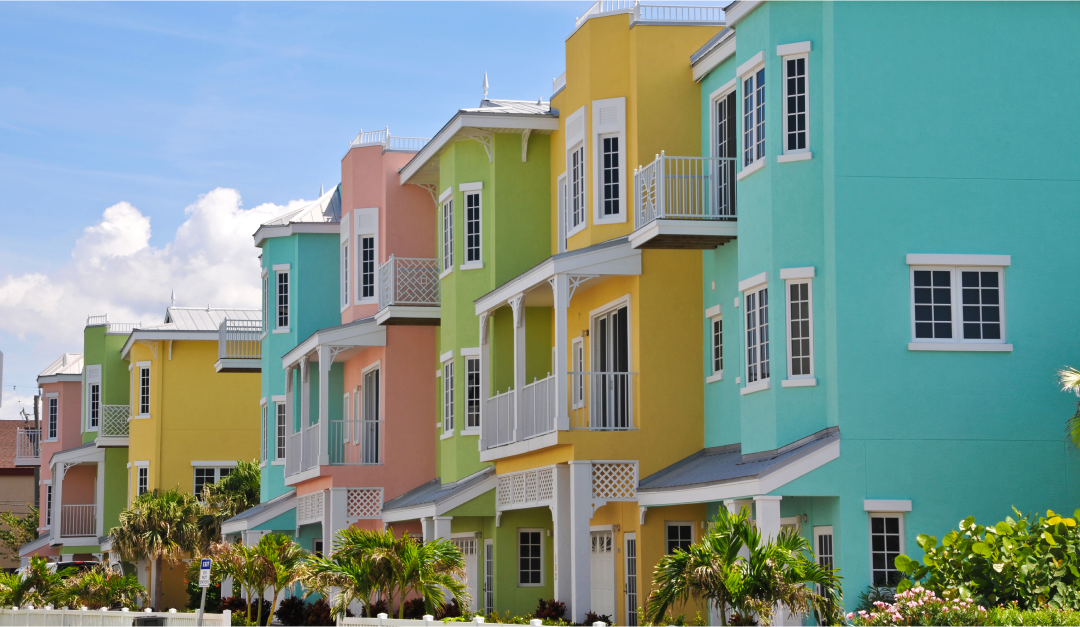
Focus on residential design as a canvas for creativity continues to grow. Primary responsibility of establishing the basic groundwork for sustainable planning and inclusivity lies with architects and interior designers. A successful design isn't solely determined by the visual attractiveness of residential buildings due to the external paint but by the building’s ability to operate efficiently with its surroundings. Additionally, with climate change at its peak, it's crucial to save natural resources, use earth friendly paint and sustainable painting methods to reduce our environmental impact.
Role of Sustainability
Opting for sustainable painting products for the external façade and interior wall paints of any building helps reduce the adverse effects of traditional paints, as they contain harmful chemicals such as volatile organic compounds (VOCs) that contribute to pollution. As a result, it is highly recommended to select earth friendly paint that is made from natural and renewable ingredients that emit fewer harmful emissions, thereby safeguarding the health of its occupants. Also, sustainable practices, including waste minimisation and resource conservation, are crucial at each stage of the painting process to minimise ecological footprints throughout its lifecycle.
Importance of Inclusivity
Inclusivity extends beyond physical accessibility as the design of the built forms caters to various tastes, preferences, and lifestyles. In residential painting, achieving inclusivity involves embracing a diverse range of colours, textures, and finishes of eco-friendly paints that appeal to a wide array of occupants. It's important to consider cultural and socioeconomic backgrounds, as the significance of different colours in various cultures and communities fosters a sense of belonging and cultural appreciation. Moreover, providing a range of affordable eco-friendly paints ensures that economic constraints do not hinder individuals from experimenting with paint and customising areas as per the requirements.
At the core, crafting a legacy with sustainable and inclusive residential paint projects is more than just beautifying spaces. It's about making a lasting impact—both on the environment and the lives of those who call these spaces home. It's about creating a blueprint for a future where sustainability and inclusivity are not just ideals but integral components of the built environment.

Building a Lasting Legacy
Emphasizing sustainability and inclusivity in residential paint projects is crucial. This approach improves the quality of life for occupants and establishes a lasting positive impact. By making intentional choices in materials and embracing inclusive design, individuals can pave the way for a future where everyone is respected and actively contributes to environmental vitality. It is essential to acknowledge that using eco-friendly paints in residential projects plays a role in creating a legacy that upholds the commitment to sustainability, inclusivity, and collective well-being.


